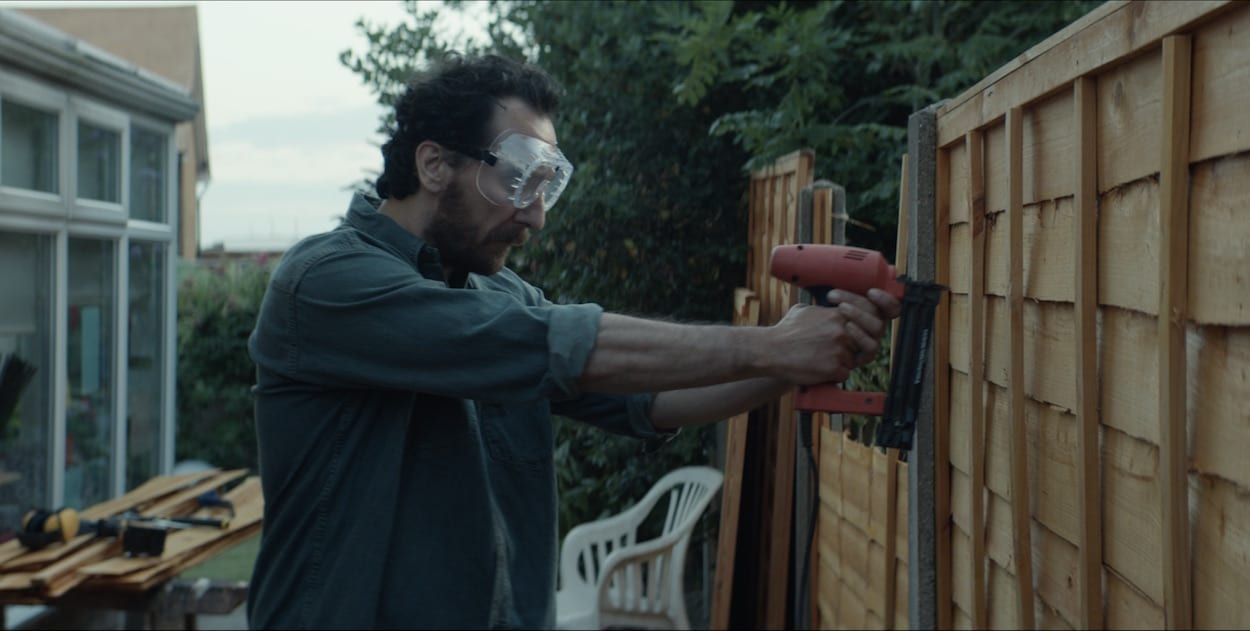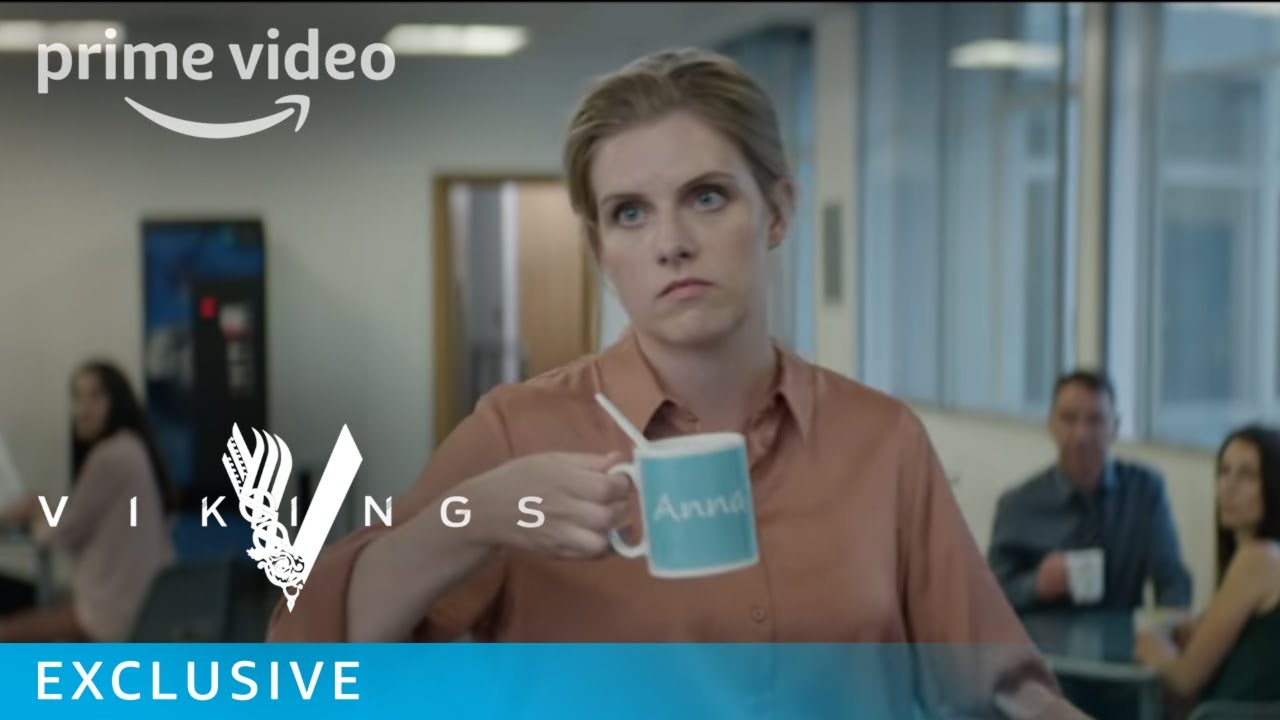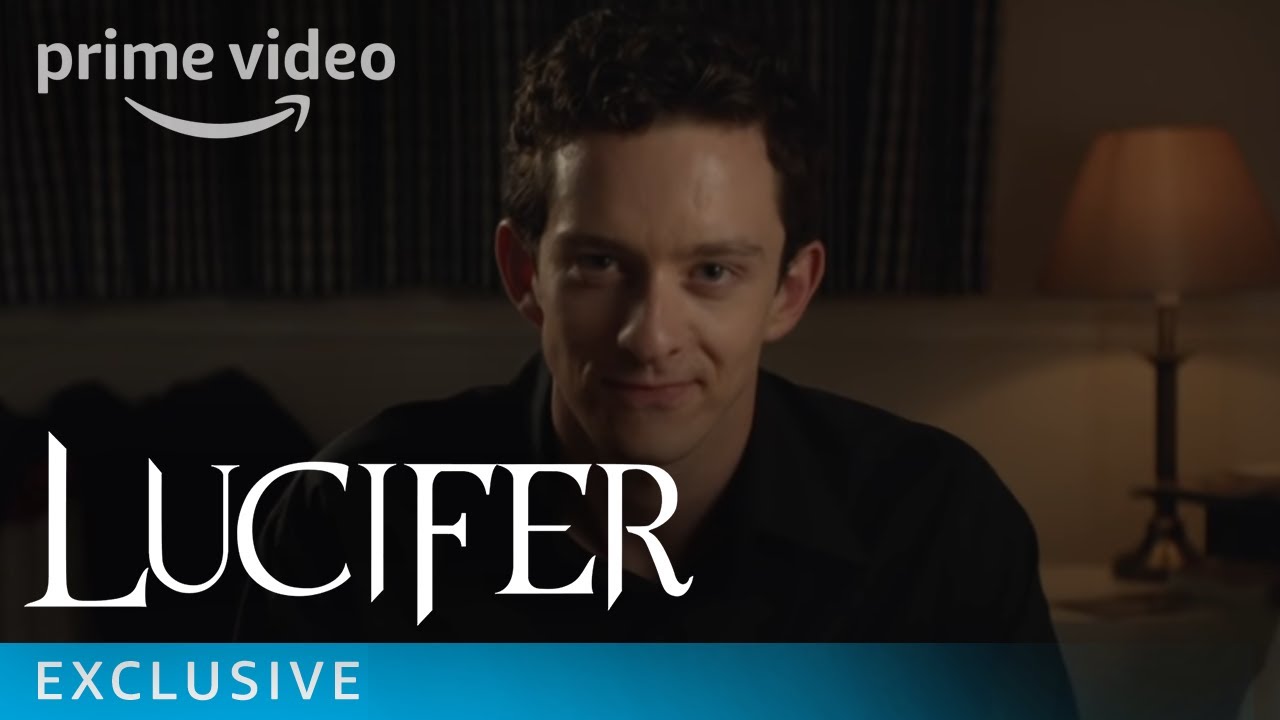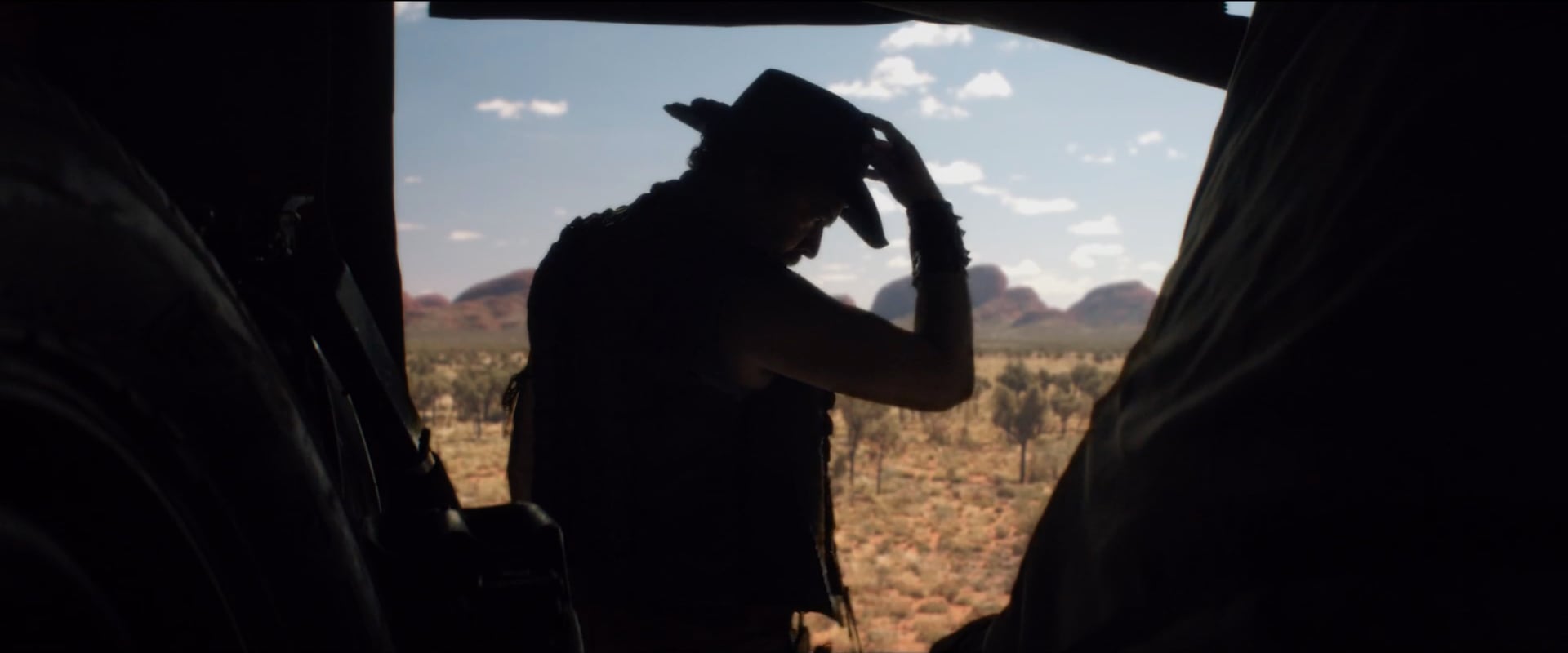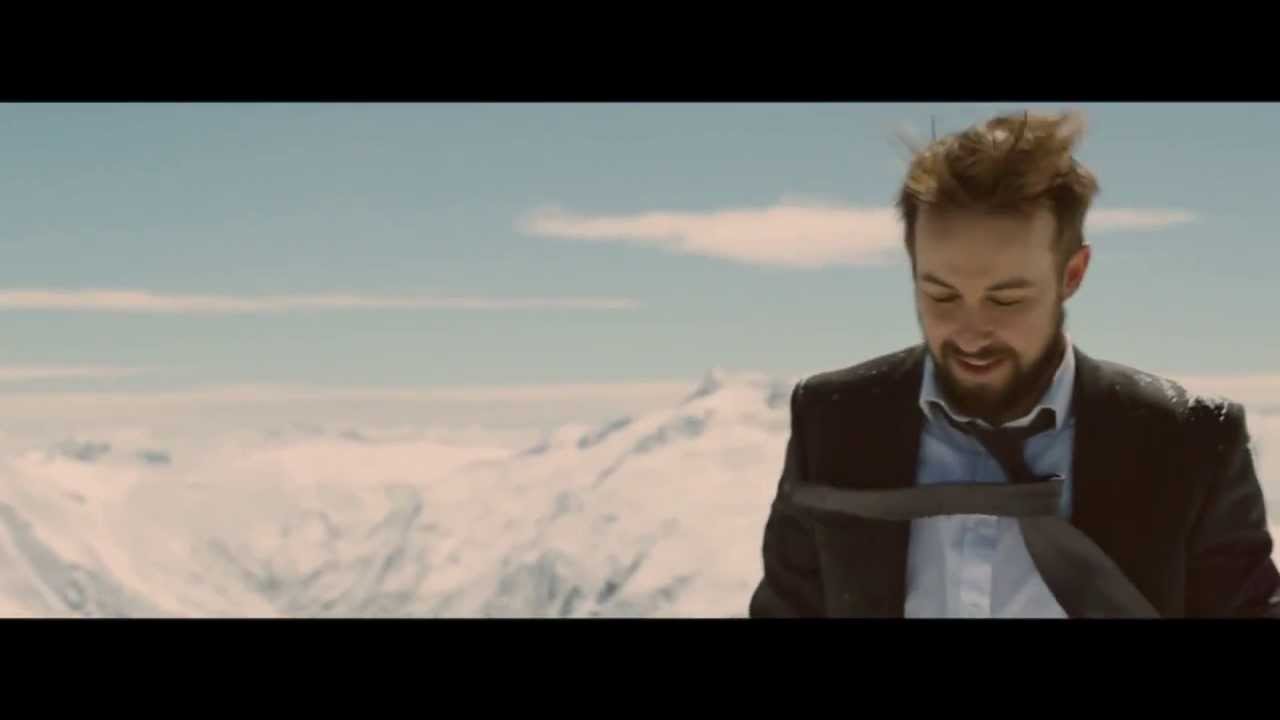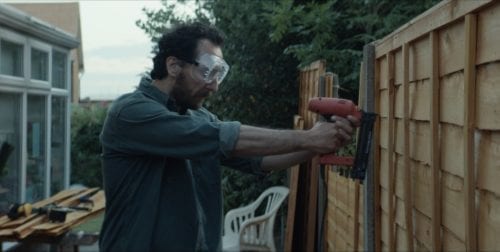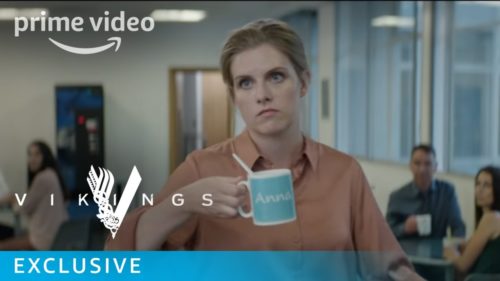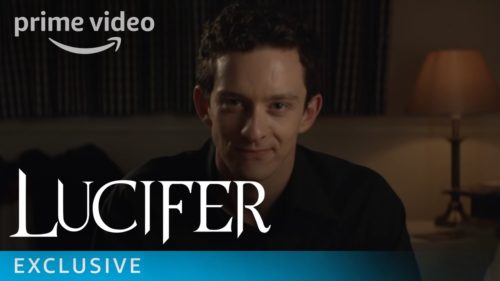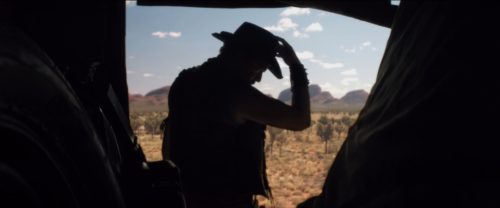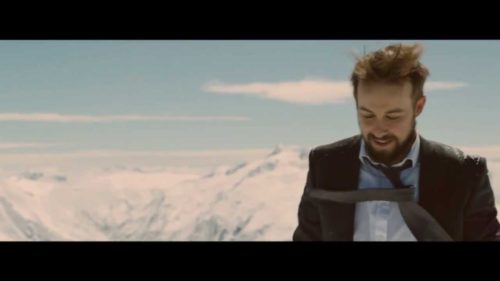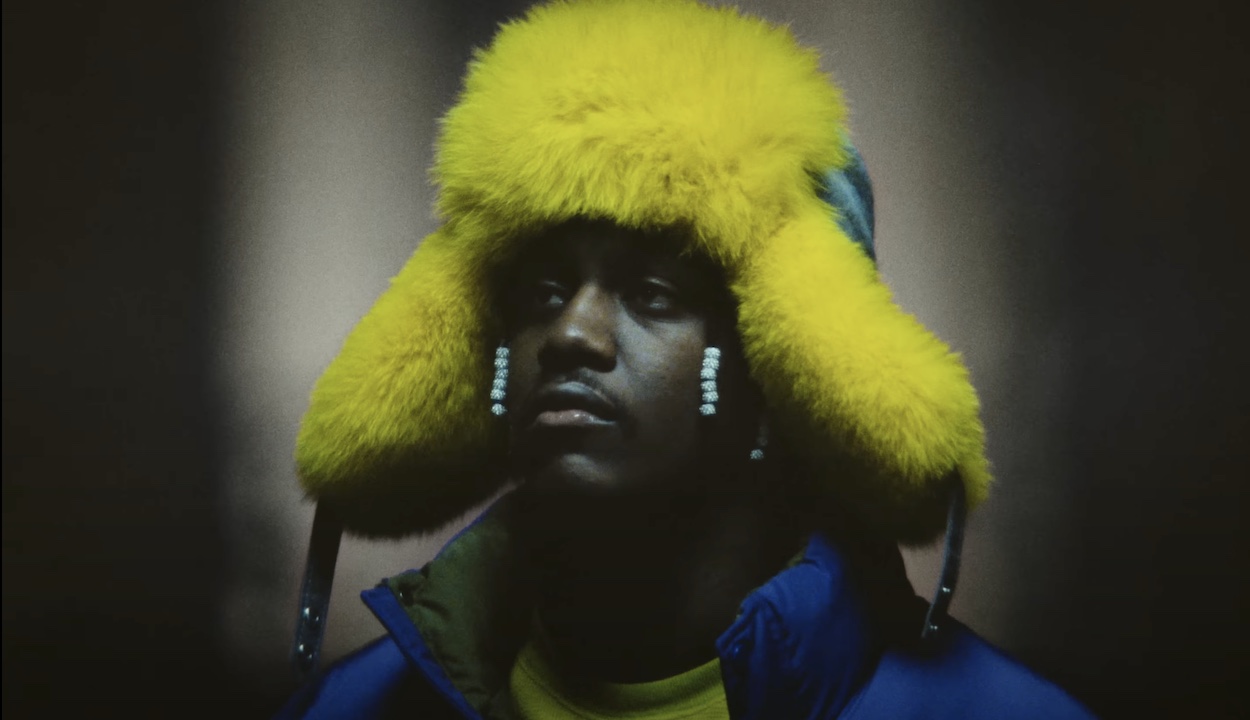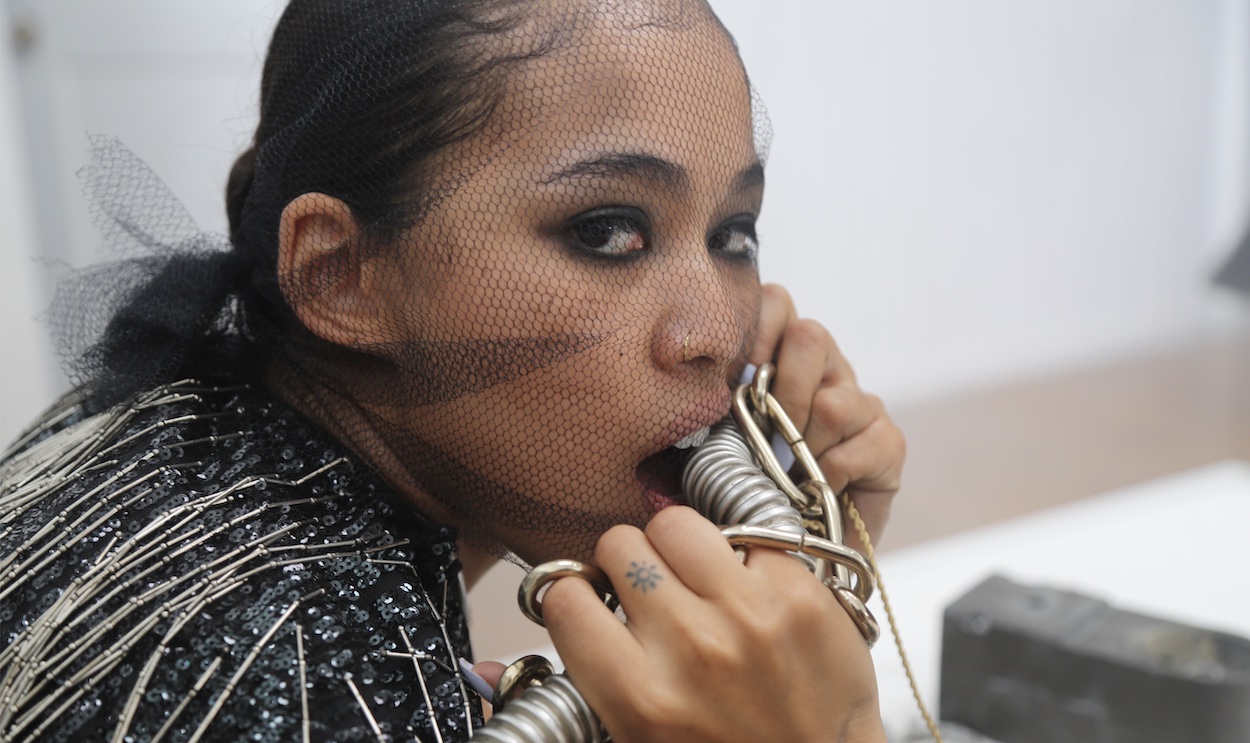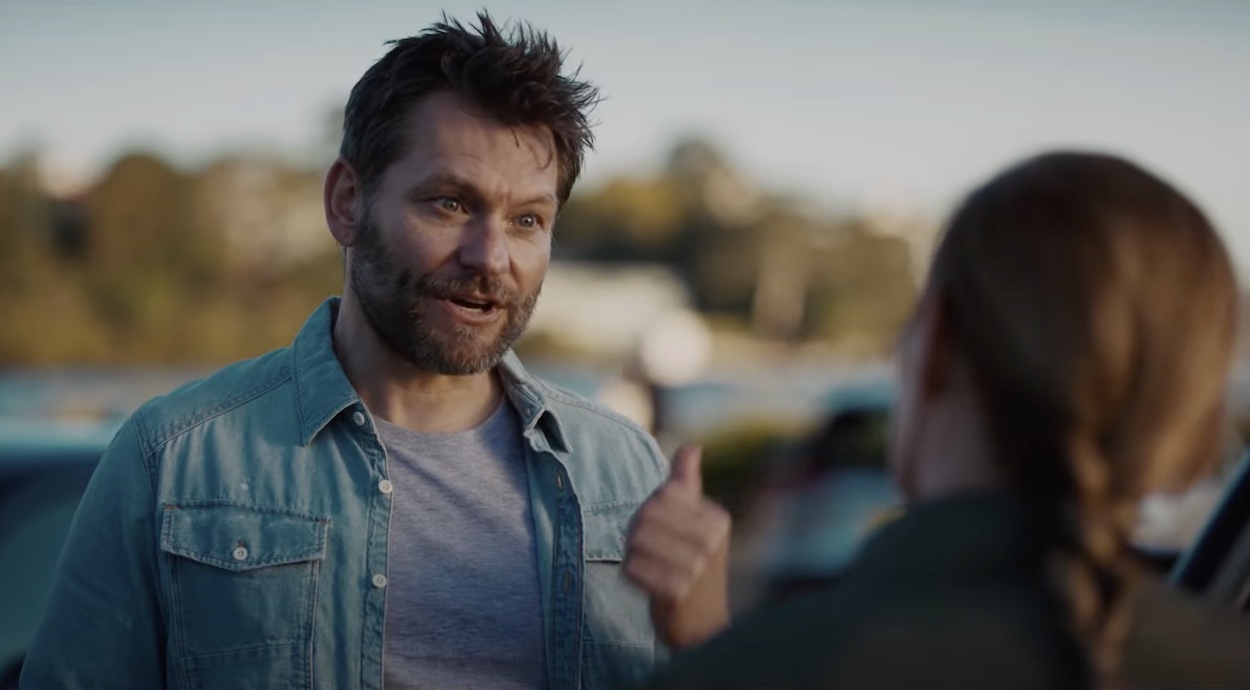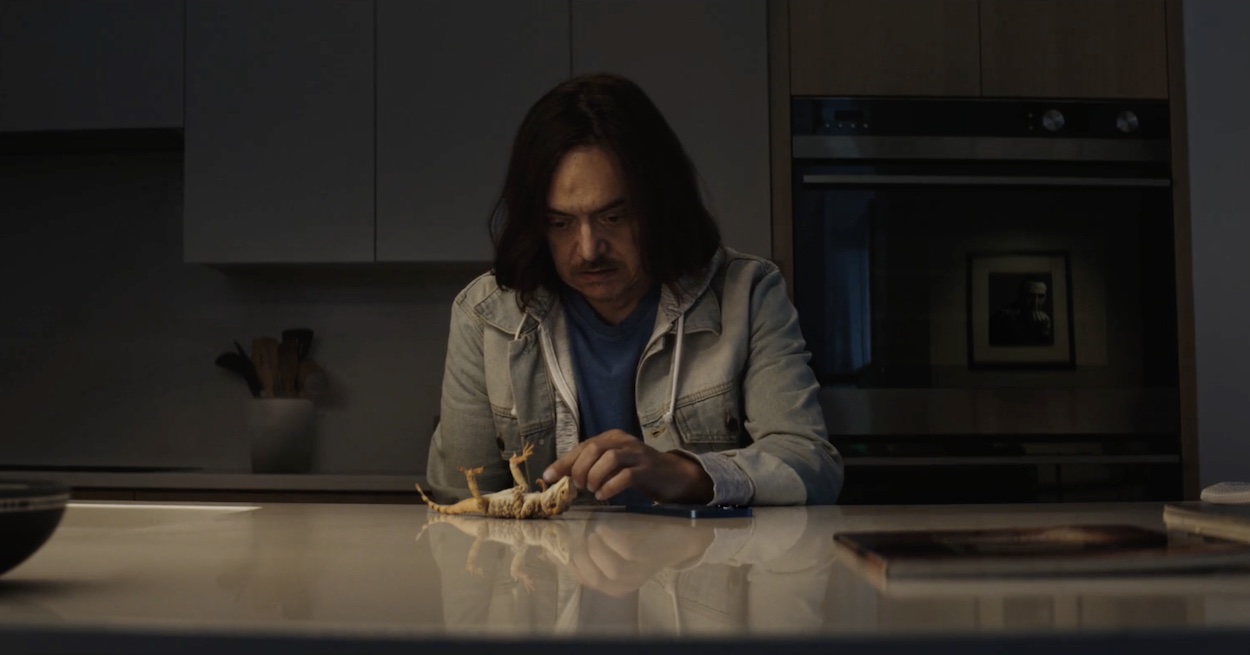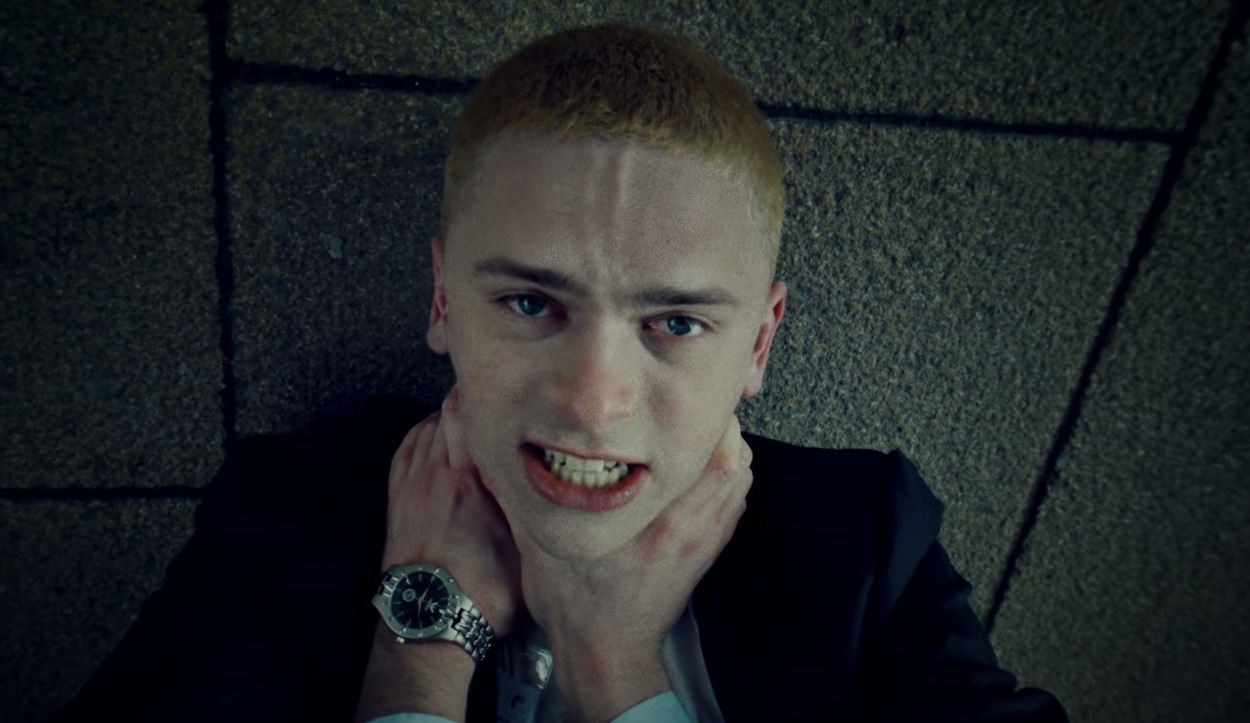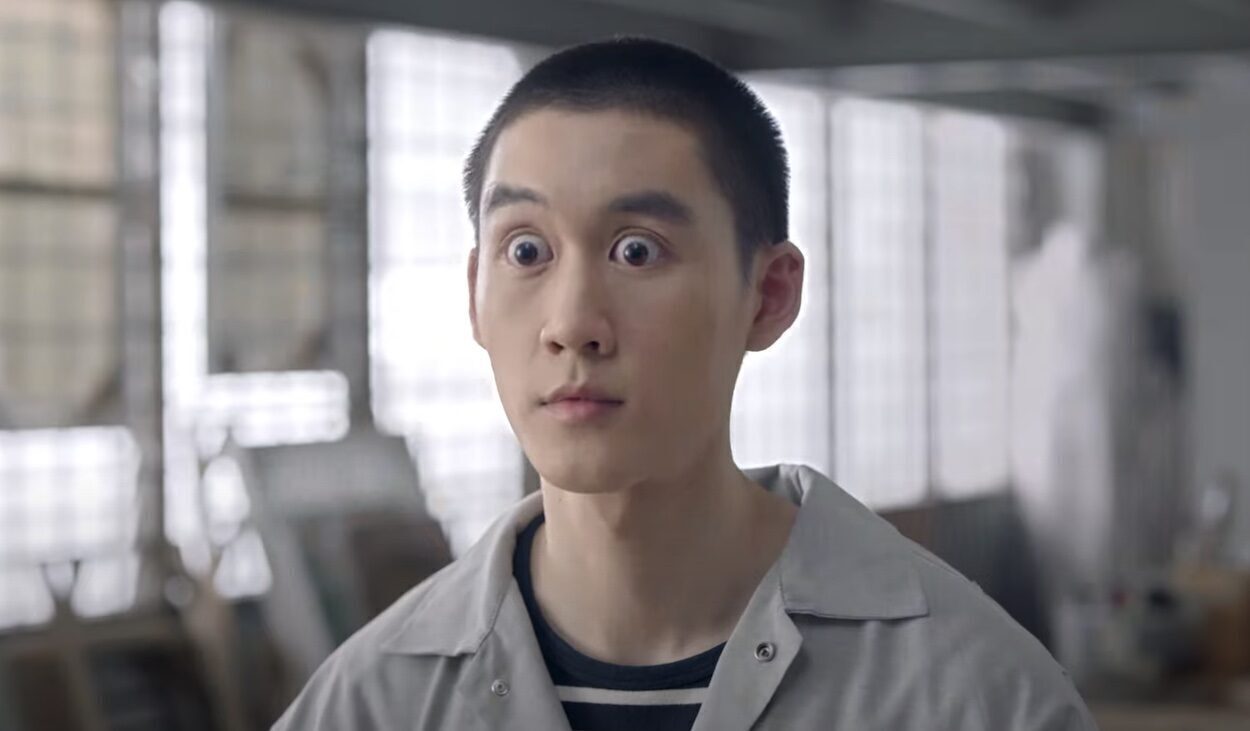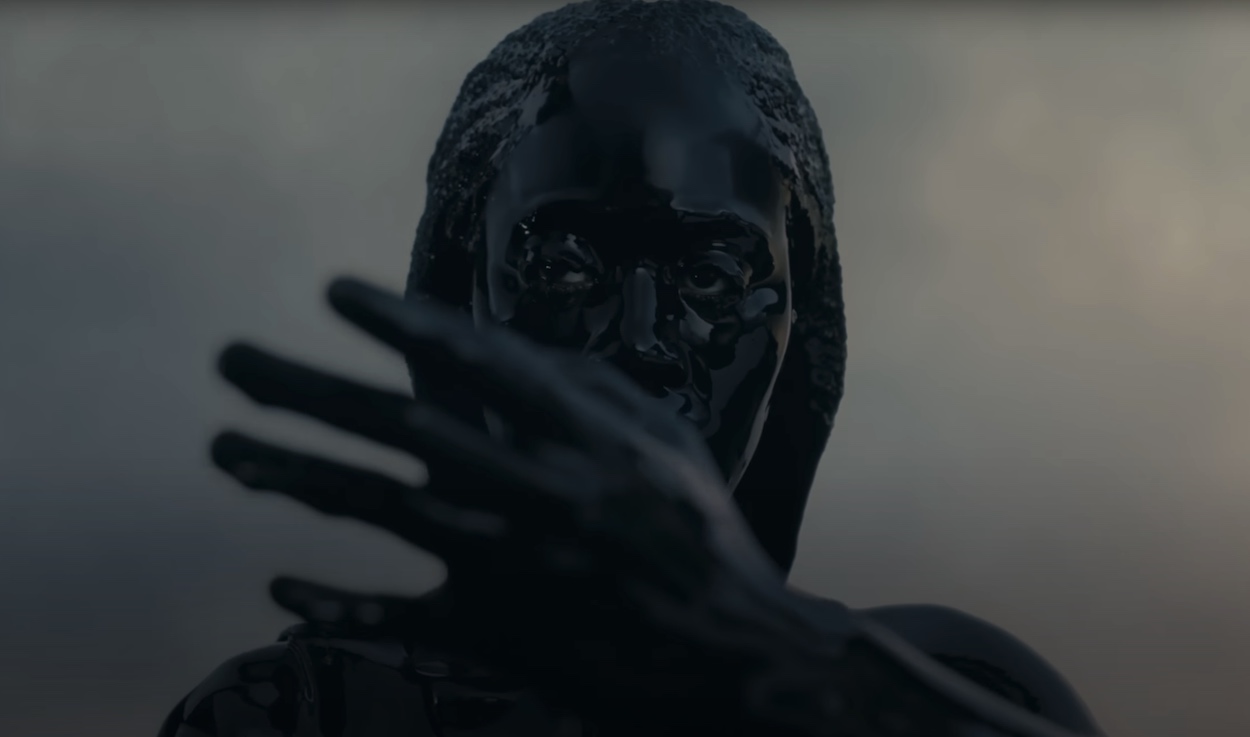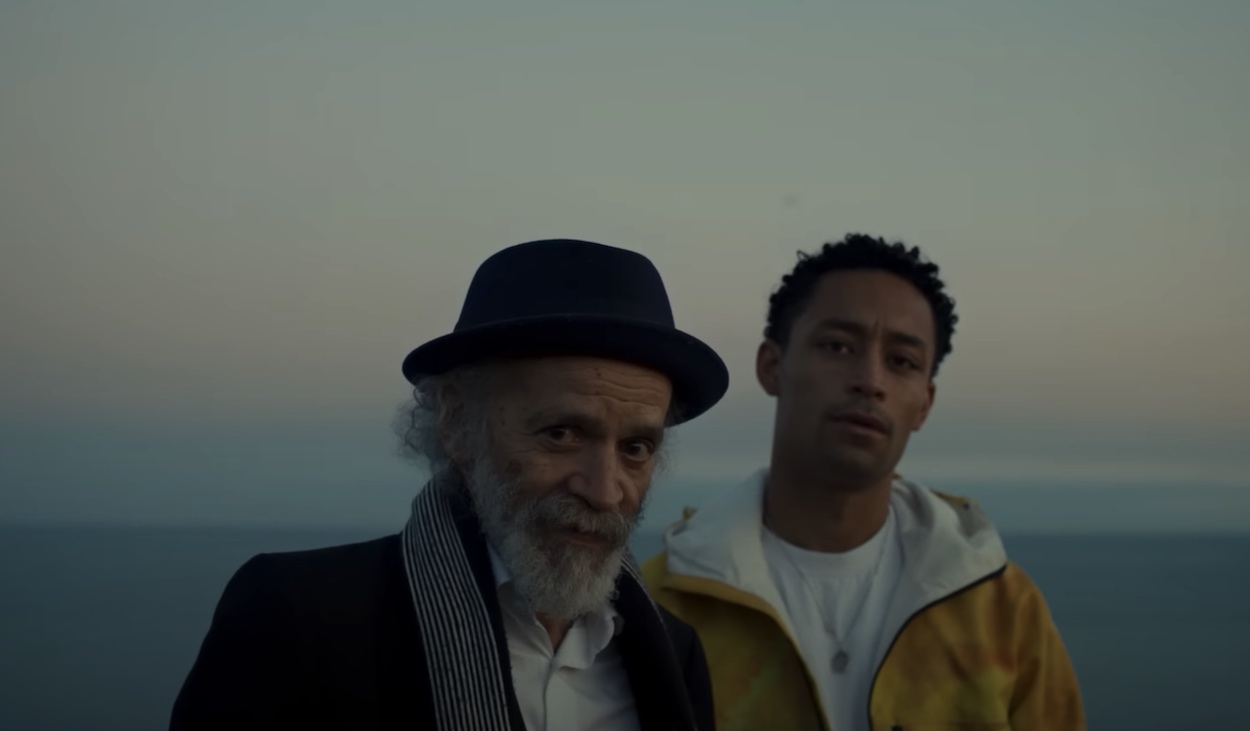How much were you involved in the storylines for the Amazon Prime Video spots?
David [Kolbusz, Droga5 CCO] and I spoke over the several months that scripts were going back and forth to try and find a way that wasn’t just rehashing the show, but something more psychological. But really, it was David K and the team at Droga5 that really kept pursuing something better. He is quite relentless really.
Which of the four do you love the most?
We always had high hopes for Jack Ryan. He was a great character. A suburban father who plumbs the depth of his psyche in order to look after his children better. It was wonderful and dark and ridiculous.
Tell us about the use of colour in the spots. In Vikings, it’s all cool blues and greys, In Lucifer, the young nerd and his mum are very beige. In both, the palettes get darker/richer as the characters change.
That was the intention and was built into the design of the sets and locations. We wanted a visual journey as much as a psychological one. We also did things like having the house in Jack Ryan become tidier as he became more focused. It makes the project more interesting if you can build character into the design of the piece. It means things are chosen for a reason and you don’t end up in banal conversations about what a ‘cool’ coffee table is or whether a character is aspirational enough. I’ve never aspired to be in a television commercial, it’s a weird idea.
The episodic scenarios showing the characters developing along with the series is such a neat idea and the acting is so natural, were any of the scenarios improvised?
I can’t make a good piece of film if the writing isn’t there and these were beautifully written. I think pretty much every scene was in the script. I was able to cast really wonderful actors which always helps and we let them play the scenes in ways that felt real enough. It was a pleasure to shoot. Also, I don’t tend to improvise on set with actors because it usually just results in them mumbling and bumping into things and wastes time. It’s sometimes useful in the event you have time to rehearse or even in callbacks, but never on set.
In your hilarious Tourism Australia ‘Dundee’ spot, Chris Hemsworth said that there was a lot of ad-libbing on the shoot. How was that for you?
I don’t think Danny McBride [son of Crocodile Dundee in the ad] knows any way of working other than just firing stuff out. He’s like a machine that you turn on and it spews out incredibly funny lines every take that are perfectly performed. It is a feat to behold. He has a seemingly bottomless pool of gags and observations. So he was really the instigator and Chris had no choice but to try go with him. In saying that, the script was really incredibly well written, so that we had a plan, a structure to hold things together and very funny lines to begin with. Danny would just take them and run with them. Hogan’s sneer was scripted from the beginning.
Has your background in broadcast design informed your work?
I went to art school and studied graphic design. I guess that training gives you an understanding of colour and form and space and balance, things you use making film. Although I think those things are less and less overt than they once were. Choosing typefaces is pretty dull compared to watching good actors.
Do you work very closely with your DP and storyboard artists at the get-go? Or do you give them free reign?
I try and work closely with all of my collaborators. That’s what filmmaking is. A group of people with disparate skills coming together in pursuit of a particular aim. It’s what’s magical and enormously pleasurable about the whole thing. I don’t understand the idea of the director as some sort of sole voice who is the only one capable of answering every question. I like film sets that are more democratic than that.
Are you a realism junkie? For example, in Schweppes Tumble, your actor had to jump off 4,000 feet-high glacier and ended up in hospital with frostbite and a suspected fracture.
I think I have a preference for realism in the sense that I want what I make to feel true, not just visually but emotionally. Out and out fantasy doesn’t really interest me. I would rather make something that made people feel something, rather than just making pictures. I just find imagery for imageries sake pretty hollow, despite how elaborate some of them are. In saying that I don’t often tell actors to jump off mountain tops. Perhaps that was a tad irresponsible.
